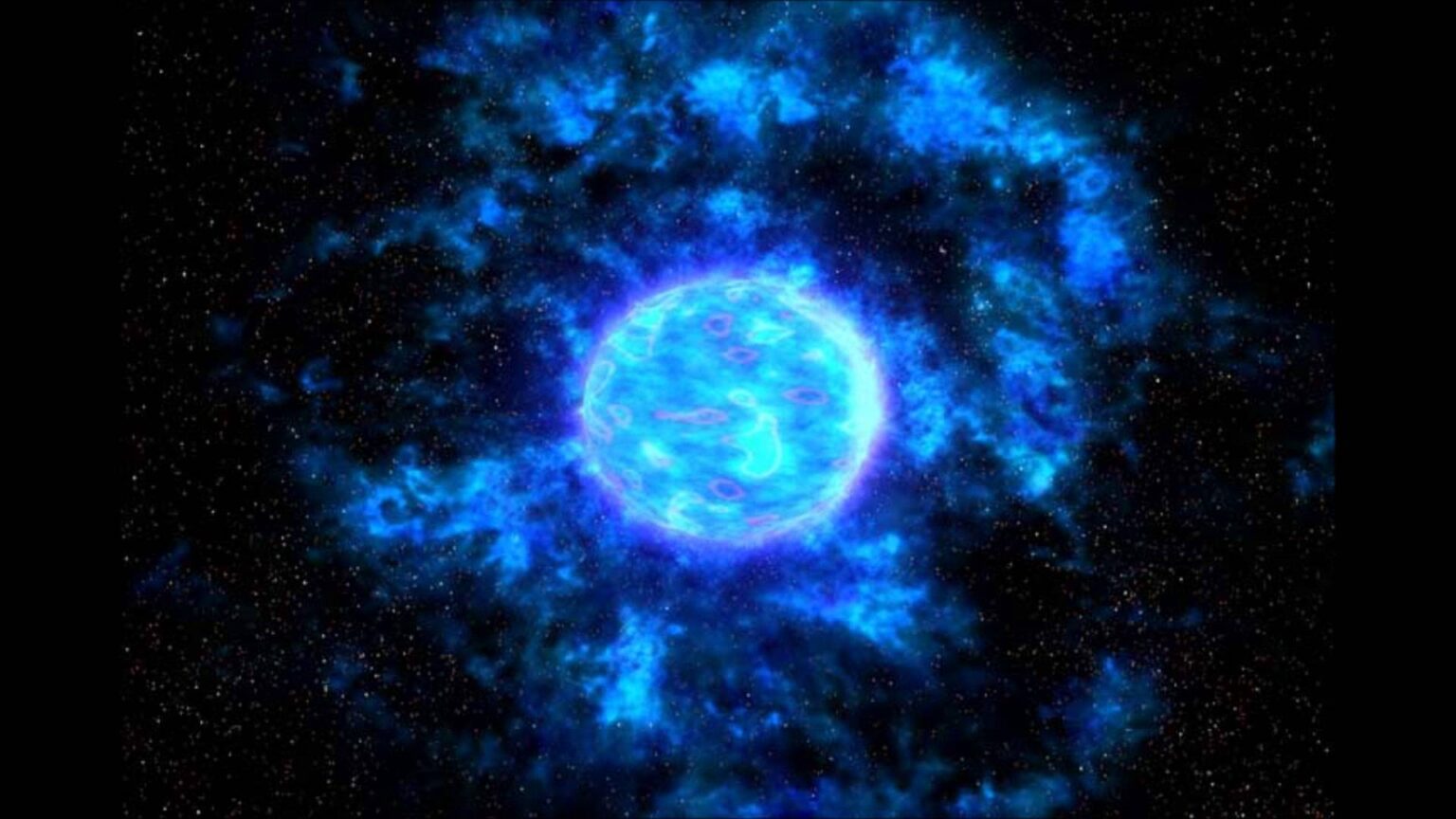The Wolf-Rayet star, named BELLS 1, is located in the neighboring Triangulum galaxy. Scientists were interested in it because in just 4 years a new emission line appeared in it. Astronomers say this is evidence that it is rapidly evolving and will soon flare up as a supernova.

Wolf-Rayet star in the neighboring galaxy
Recently, the attention of astronomers has been attracted by the BELLS 1 star, which is located in the M33 system, also known as the Triangulum galaxy, adjacent to the Milky Way. It belongs to the so-called Wolf-Rayet stars, which are known for their rather strange behavior.
They are born as very hot and massive luminaries that quickly “burn out” hydrogen and acquire an extremely strong stellar wind that “blows” their outer shells into space, forming beautiful nebulae. BELLS 1, which name stands for “broad emission-lined luminous sources, the kind of wide range of emissions radiated by Wolf-Rayet stars”, is a typical representative of them.
BELLS 1 was discovered in 2018 with the help of the Keck Observatory, located on top of the Mauna Kea volcano in Hawaii. Back then, scientists were struck by the extremely rich spectrum of this star. Its cause is high-speed “stellar winds”, having a speed of 3.5 to 8.7 million km/h.
Rapid evolution of a star
However, scientists were most struck by what they saw when they tried to explore BELLS 1 in 2022. Four years earlier, they had seen three bright emission lines in its spectrum. Now a fourth has joined them.
Although it seems that the interval measured in years is quite long, in the case of processes that occur on stars, such time intervals are extremely short. Because for most luminaries, everything to happen “soon” is the future thousands and tens of thousands of years.
However, it seems that in the case of Wolf-Rayet stars, evolution is really measured in years and decades, that is, we see them in an extremely short period of their existence. For BELLS 1, this is the final stage of life, which has lasted for the last 10 million years, which will end with a bright supernova flare.
In general, about 200 Wolf-Rayet stars are known only in our Galaxy. And astronomers are convinced that we simply can’t see another 1-2 thousand because of dense gas-dust clouds. However, they exist there and sooner or later they will manifest themselves as supernova flares.
According to www.space.com
Follow us on Twitter to get the most interesting space news in time
https://twitter.com/ust_magazine
